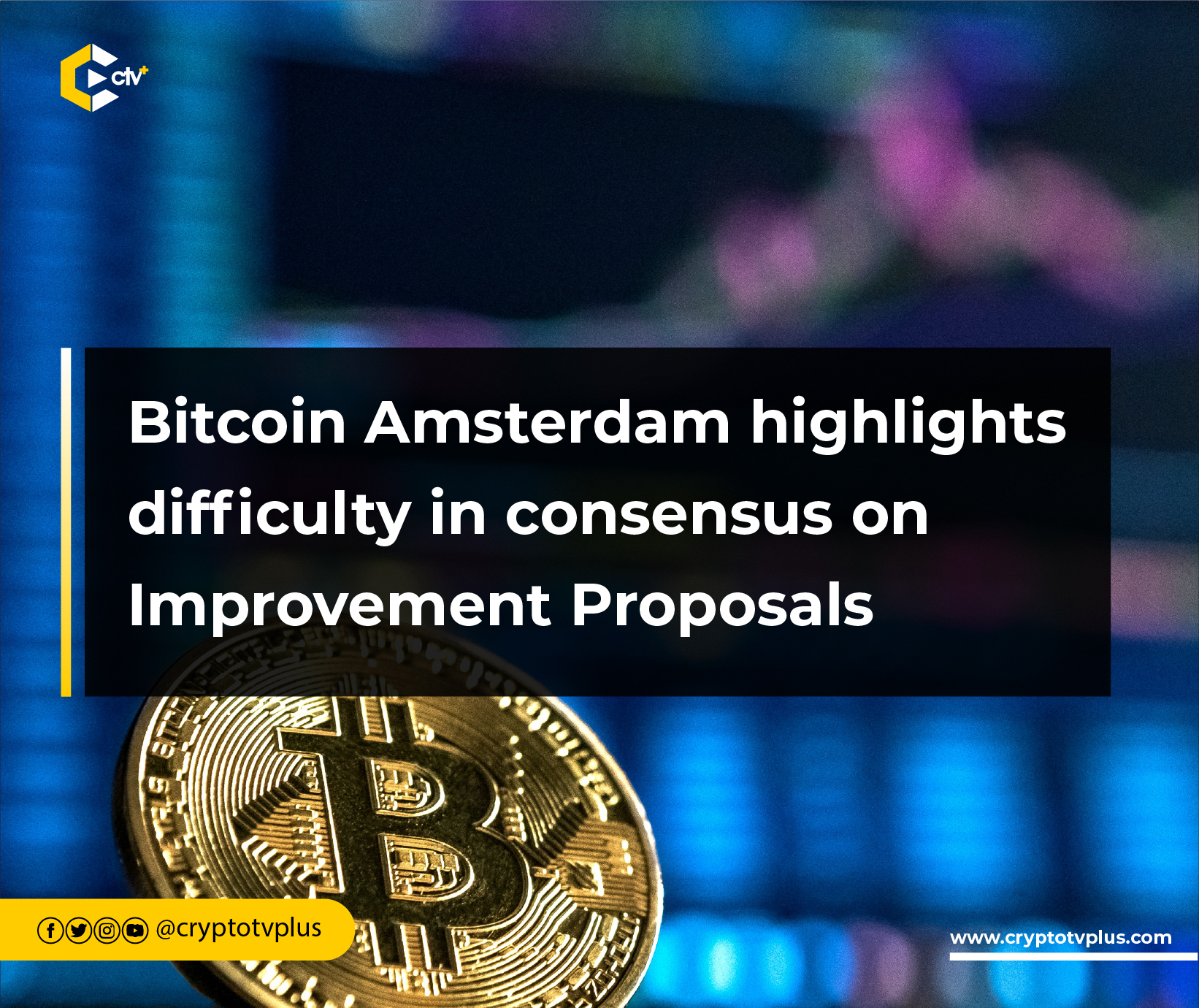News
Bitcoin Amsterdam highlights difficulty in consensus on Improvement Proposals

Throughout the history of the Bitcoin protocol, controversies have abounded, exemplified by events such as the 2017 block size debate.
Developers engaged in disagreements over how to enhance Bitcoin through BIPs. For instance, a panel discussion at Bitcoin Amsterdam 2023 ignited heated debates.
At Bitcoin Amsterdam 2023, two long-time Bitcoin developers, Paul Sztorc and Peter Todd, engaged in a heated discussion. Todd strongly criticized Sztorc’s work on the Drivechains project.
Sztorc’s LayerTwo Labs has actively been developing BIP-300 for nearly six years. This proposal suggests using layer-2 sidechains to enhance Bitcoin. The sidechains could resolve multiple issues without requiring changes to the Bitcoin protocol itself.
The debate between Sztorc and Todd underscored the challenges of reaching a consensus on BIPs aimed at improving the Bitcoin protocol. The discussion occasionally grew tense, with Todd frequently interrupting Sztorc.
Jameson Lopp, co-founder, and chief technology officer of Bitcoin custody firm Casa, conveyed his disappointment to Cointelegraph regarding the rate of improvements and protocol changes in Bitcoin. He explained that the process of consensus-building for changes has gradually slowed.
In recent weeks, new projects like BitVM and SpiderChain have surfaced, which, according to Lopp, could potentially lead to the implementation of soft forks designed to enhance Bitcoin’s protocol. Lopp believes these projects may benefit the future of Bitcoin:
“In general, I think that Bitcoin should implement functionality that will improve its ability to be what you could call a cryptographic accumulator. Bitcoin should enable functionality that will boost the ability of second layers.”
Lopp argues that some Bitcoin maximalists’ advocacy for the “hardcore ossification” of the Bitcoin protocol would have hindered innovations like the Lightning Network, which contributed to network scalability.
“Lightning wouldn’t be possible without OP_CLTV. It would have maybe been possible, but clunky without SegWit. And without OP_CSV, it would not be possible to have indefinitely long-lived Lightning channels.”
Lopp referenced BIPs CHECKSEQUENCEVERIFY (OP_CSV) and CHECKLOCKTIMEVERIFY (OP_CLTV), which were introduced as soft forks to facilitate the creation of payment channels. Todd designed OP_CLTV to enable the locking of a transaction output until a specified point in the future.
According to Jameson, even if the Bitcoin protocol becomes static due to a lack of consensus on base-layer improvement proposals, developers will likely continue to build in ways that do not require permission.
“If it’s not possible to implement a solution that may be optimally implemented at the base layer at the base protocol, then generally what we see end up happening is solutions being kind of bolted-on in many cases.”
However, the Casa executive argues that a failure to scale Bitcoin will result in users storing and using it through a limited number of custodians and exchanges, which entails its own set of trade-offs.
“Then it’s IOUs, right? That’s not the future that I think any of us want to see.”
Bitcoin enthusiasts and analysts at Bitcoin Amsterdam 2023 emphasized the growing significance of Bitcoin’s value proposition and hard money properties amid the prolonged bear market.
Read also: Report: Q3 blockchain gaming Unique Active Wallet surpasses Q2

























Pingback: Bitcoin Amsterdam highlights difficulty in consensus on Improvement Proposals – AIoT World News